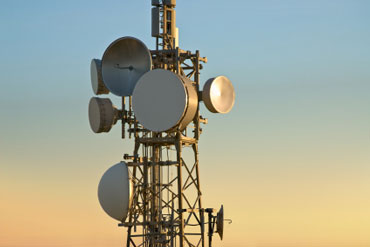February 25, 2015
The demand for cellular signal boosters is growing exponentially. Why? Because we use our mobile device for everything, both personal and professional. To that end, cellular connectivity is in high demand. Cellular networks are ubiquitous. Connectivity expectations are high, therefore lack of, or poor connectivity is intolerable. Frustration forces the exploration of options such as signal boosters (aka cellular repeaters).
Signal boosters are separated into distinct categories based on their intended uses and potential for interference, consumer signal boosters and industrial signal boosters (which include Part 90).
Consumer Signal Boosters are designed to be used 'out of the box' and therefore require strict technical features to mitigate interference, among other things such as labeling, authorization and registration.
Under FCC 13-21, p25, "all four nationwide wireless providers - Verizon Wireless, T-Mobile, Sprint, and AT&T -and the member companies of RTG, have voluntarily committed to allow their subscribers to use properly certificated Consumer Signal Boosters on their networks; this voluntary "blanket" commitment constitutes sufficient licensee consent for a subscriber to operate a Consumer Signal Booster on that provider's network" thus registration is only required.
Poorly-designed, improperly-installed or malfunctioning signal boosters can produce noise, in the form of adjacent channel interference, oscillation, or base station overload, which may cause interference to commercial and public safety networks. Authorized use of a Consumer Signal Booster is contingent on the device meeting the FCC Network Protection Standard specifications.
The definition for Industrial Signal Boosters is quite broad and essentially covers everything 'non-consumer'. Industrial boosters can ONLY be installed with 'explicit licensee consent' and coordination. Due to the licensee involvement, additional interference protection features are not required. Proper labeling for industrial boosters is also required. We will explore Industrial signal boosters in greater depth in future posts.
You can see examples of FCC compliant signal boosters and proper labeling as well as read the full Federal Communication Commission's (FCC) report on "Use and Design of Signal Boosters Report and Order" (FCC 13-21), released February 20, 2013, for all the details.
For more information about Signal Boosters contact us at 978-952-6000 or email us at sales@directnetserv.com.
